
New tools for measuring rural women's empowerment
This year’s International Day of Rural Women (Oct. 15) focuses on the theme, “Challenges and opportunities in climate-resilient agriculture for gender equality and the empowerment of rural women and girls.” The urgency of these challenges is outlined in the recent Intergovernmental Panel on Climate Change (IPCC) report , which projects more severe repercussions of climate change —among them droughts, rising sea levels, and more frequent and powerful storms and floods—hitting sooner than anticipated.

T20 Recommendations for Food Security and Sustainability
As the world strives to feed a growing population in the face of declining natural resources and ongoing food security crises, commitment from policymakers to a sustainable food future is more important than ever. Argentina’s G20 Presidency has set sustainability and food security as a top priority for this year’s upcoming Ministerial Meeting, and these priorities were also focus of the recent T20 (Think 20) Summit, held in Buenos Aires in September 2018.
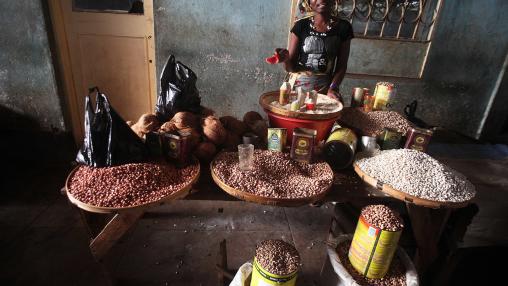
Falling commodity prices: Latest FAO Food Price Index
The FAO Food Price Index declined somewhat in September, falling 1.4 percent from August to an average of 165.4 points. This represents a 7.4 percent decline from September 2017 levels.
The Cereal Price Index fell by 2.8 percent from August. Maize prices saw the most significant month-to-month reduction, falling by around 4 percent due to ample global supplies and prospects for a large U.S. crop. Wheat prices also declined in September due to strong exports from Russia. Rice prices experienced the smallest decline (1 percent) due in part to an appreciation of the Thai Baht.
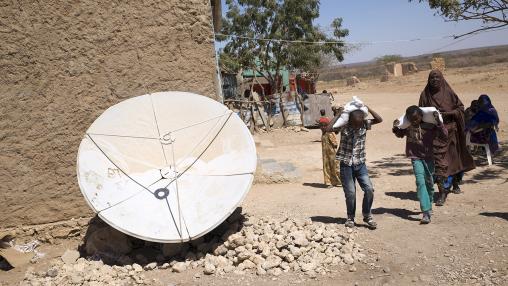
Global hunger continues to rise, urgent climate action needed - new State of Food Security and Nutrition Report
The challenges facing global food security continue to increase, driven by ongoing conflict and climate shocks. According to the 2018 State of Food Security and Nutrition in the World Report (released last week by FAO, IFAD, UNICEF, WFP, and WHO), 821 million people were undernourished around the world in 2017; this represents a further rise from the 815 million estimated by the 2017 report. This troubling rise in undernourishment reverses progress seen over the past decade.
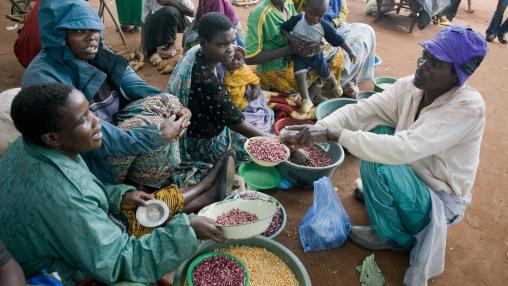
Cereal, fertilizer prices rise in August
The FAO Food Price Index remained virtually unchanged in August, although cereal prices rose as a result of declining crop prospects. At 167.6 points, the Index is around 9 percent lower than its August 2017 levels.
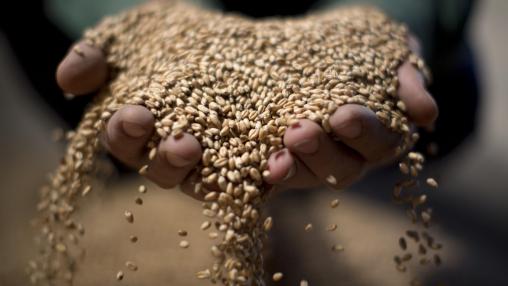
Early warning: Hard wheat prices continue to see excessive volatility
Hard wheat prices continued to experience excessive volatility this week, according to the Food Security Portal’s Excessive Food Price Variability Early Warning System . Futures prices for hard wheat on the Chicago Board of Trade rose in early August, reaching 586, 579, and 584 cents per bushel on August 6, 7, and 8, respectively; this is compared to 513 cents per bushel on July 6. According to the Wall Street Journal , Chicago wheat futures reached a three-year high in early August.
Hard wheat futures prices, 2015-2018
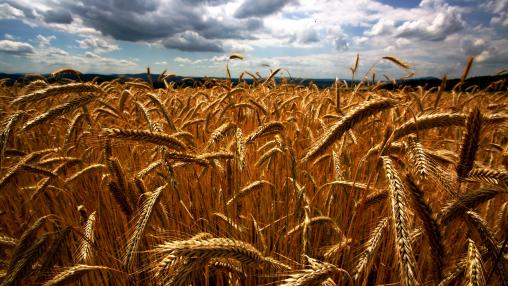
FAO Food Price Index Falls in July
The FAO Food Price Index fell sharply in July, the largest such decline since December 2017. The Index dropped by around 3.7 percent month-to-month from June, as well as 3.7 percent from its July 2017 levels. The decline is driven by reductions across all sub-indices.
The Cereal Price Index fell 3.6 percent from June and 0.8 percent from July 2017. The price of wheat, maize, and rice declined in June, although maize and wheat prices crept back up toward the end of the month due to concerns over production prospects.
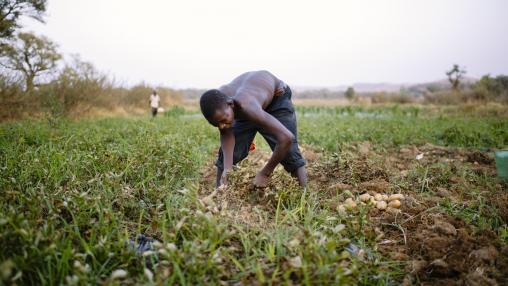
Global Cereal Harvests Expected to Be Below 2017 Levels: FAO
The FAO Crop Prospects and Food Situation Report for the second quarter of 2018 reports that 39 countries are currently in need of food assistance. Thirty-one of those countries are in Africa, seven are in Asia, and one is in Latin America and the Caribbean. Persistent conflict remain the leading driver of these needs. In addition, weather shocks have also limited food access and availability in the affected countries, in some cases severely.
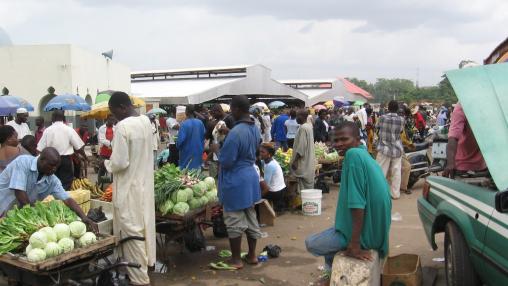
Trade tensions could impact commodity prices:Latest FAO and AMIS reports
Rising trade tensions drove the FAO Food Price Index down slightly in June. The 1.3-percent decline represents the first month-to-month drop since the beginning of 2018.
The Cereal Price Index fell by 3.7 percent but remains almost 8 percent higher than its June 2017 level. In June, wheat and maize prices fell sharply as a result of trade tensions, despite poor production prospects in many areas. Rice prices, on the other hand, rose based on tight supplies for some varieties.
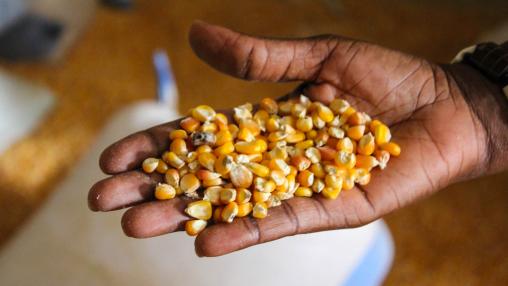
FAO Food Price Index Continues to Rise in May
In May, the FAO Food Price Index reached its highest level since October 2017. This month’s increase was driven by dairy and cereal prices. The Index has risen continually in 2018.